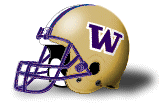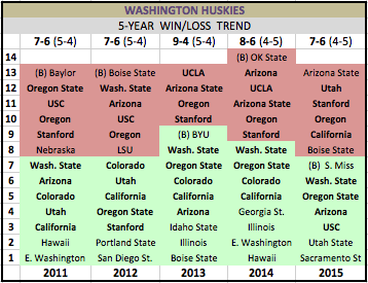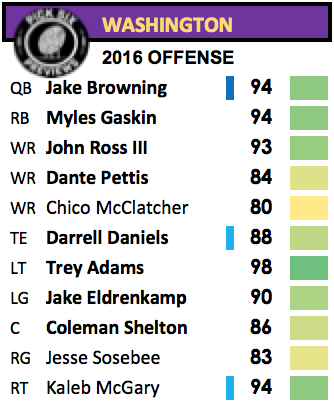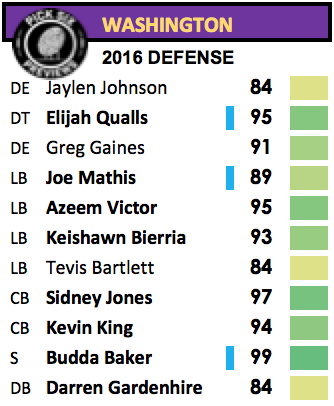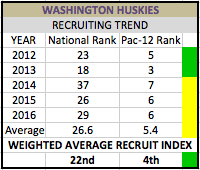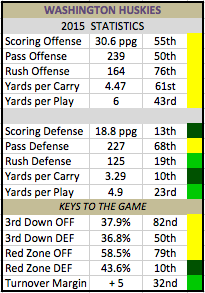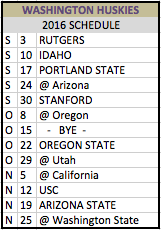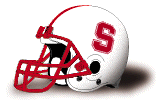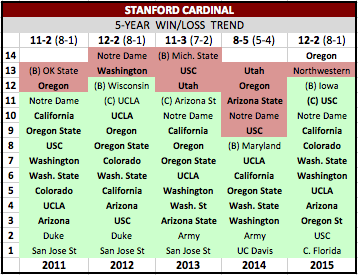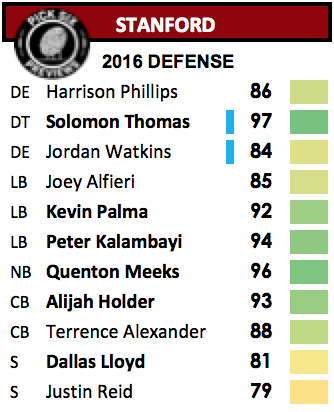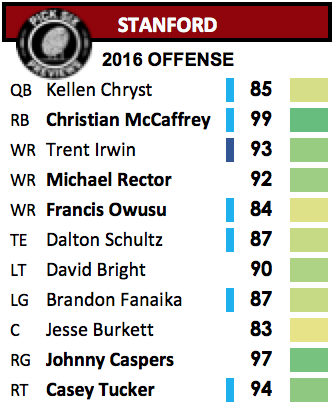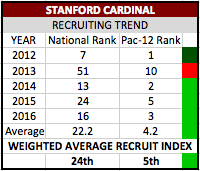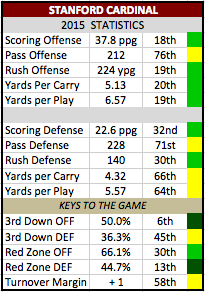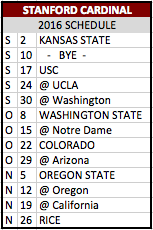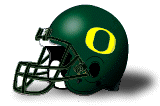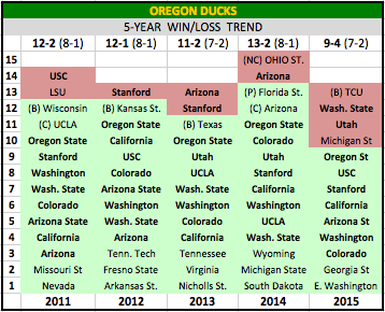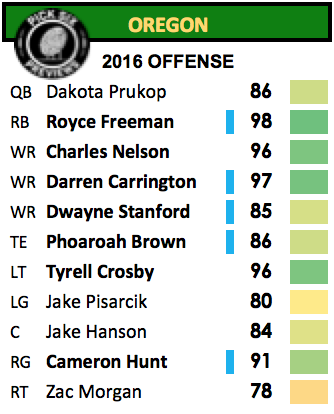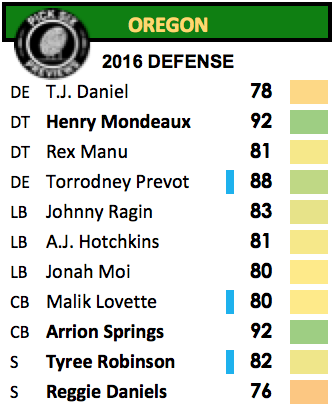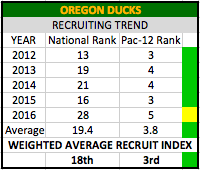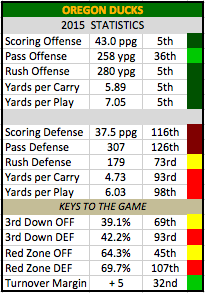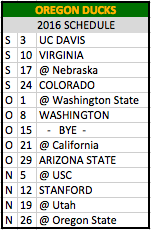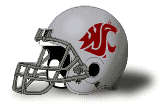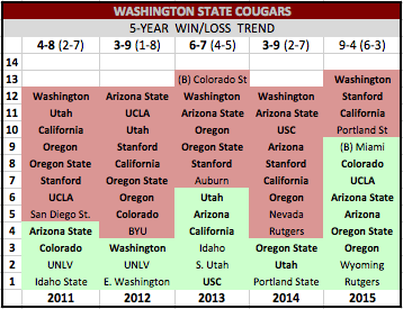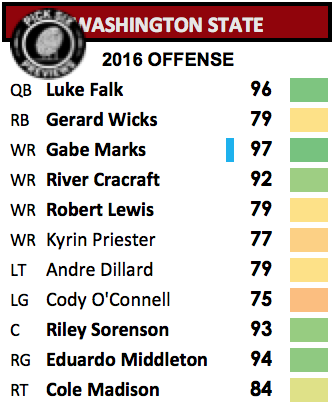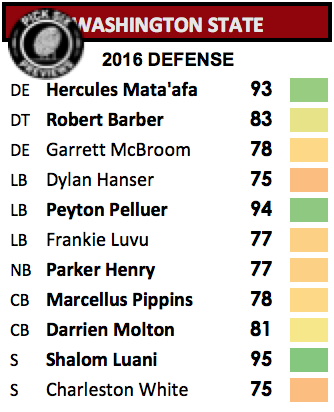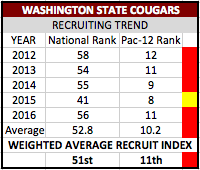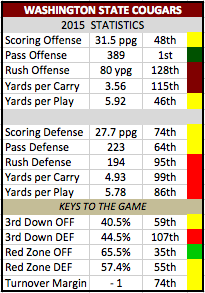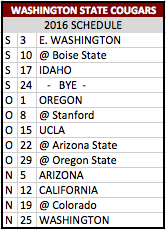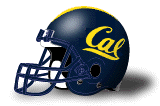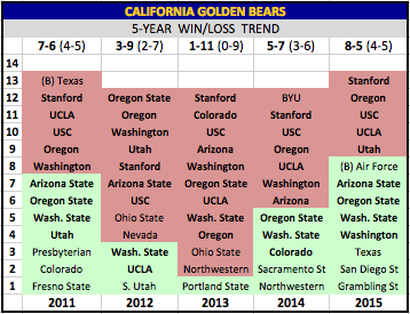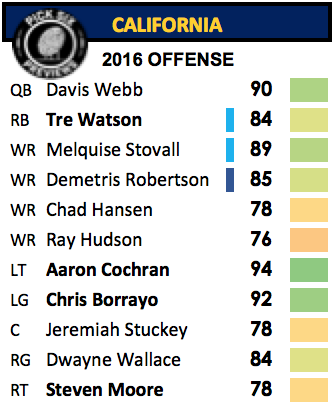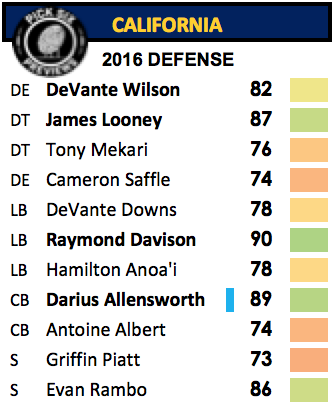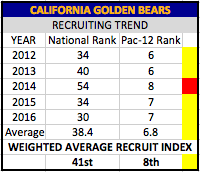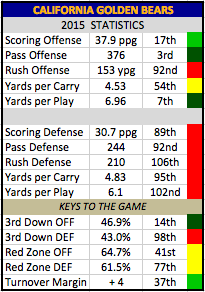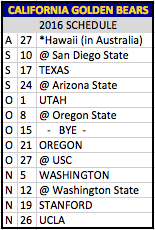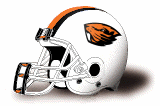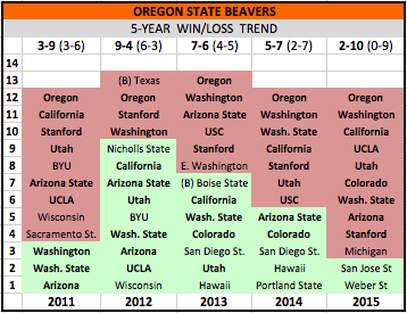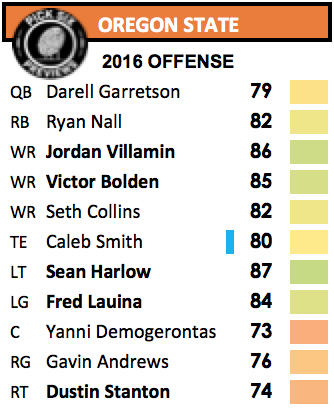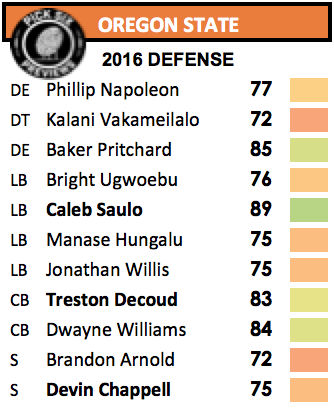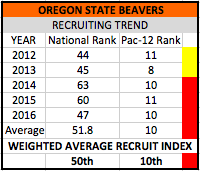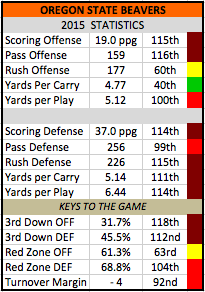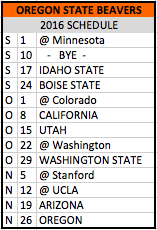1. WASHINGTON HUSKIES
In last season’s UW preview, I wrote:
“Usually I put heavy stock in a talented coach’s 2nd season at a new school, but this year may be the exception to the rule due to a mass exodus of talent and an unusual amount of missed reps in the spring due to injuries to 8 potential starters. I look for his 3rd season (2016) to be that breakthrough” Entering 2015, the UW defense had lost 4 defensive stars to the first 44 picks in the NFL Draft, and Petersen had an extremely young roster in his second season. After exceeding my expectations in the 2nd rebuilding year, I am calling for a division championship here in his third season. Back in May, I went on the Bill King Show and declared Washington the biggest sleeper team in America and announced my prediction for them to win the North. Stanford and Oregon are a combined 48-2 against the other Pac-12 North teams this decade, but with reloading issues of their own, I am calling for a new team to emerge and steal the crown – the Huskies of Washington.
Before his Super Bowl run with the 49ers and before becoming a walking reality show, Jim Harbaugh led one of the more impressive program turnarounds in college football. In 2007, he inherited a 1-11 Stanford team that was coming off of 5 straight losing seasons, but ended up pulling the largest Vegas upset ever (41-point underdogs @ #1 USC) and brought the team to a Fiesta Bowl in 2010. So as David Shaw took over and maintained that high level of success with 3 straight double-digit win seasons, the credit was deservedly shared. 2014 saw a minor regression to 8-5, and the usual chirps were flying about how Stanford is back to mediocrity. But 2015’s 12-2 conference championship team quieted any and all critics. They finished just outside of the College Football Playoff, and added yet another consistent elite season to the Shaw resume, in the process proving that 2014 was the outlier, not the return to the pre-Harbaugh dark ages.
Just after Signing Day, we conducted a survey of 100 FBS-level recruits and a staggering 60 voted Oregon’s uniforms as the best in college football. To put that landslide in context, over in the “worst uniform” category, no team had more than 9 votes. And before you shake this off as irrelevant data, 72% admitted that “uniforms have a great impact on my perception of a team” and 33% stated that “uniforms would be a factor in my decision process.” Oregon was the first program to attack this niche, and their attention-grabbing uniforms are a major ingredient to the program’s resurgence since the Bellotti era.
USC has the tradition and the trophy case, UCLA has the palm trees, Stanford and Cal have the elite academics – Oregon needed an equalizer and found its niche through uniforms, facilities, and high-paced style of play. They are the winningest program in the Pac-12 since 2000, and it is hard to believe they haven’t cashed in for the ultimate prize of the crystal football trophy. In 2010, the Ducks were tied with Heisman winner Cam Newton’s Auburn team until the bizarre Michael Dyer play where somehow his knee never grazed the turf. Then 4 seasons later, this time with a Heisman quarterback of their own, UO was outclassed by a 3rd string quarterback as the Buckeyes steamrolled to the first Playoff title. While Bellotti built it, Chip Kelly elevated it, Mark Helfrich must maintain the high success and prove that last year’s 4-loss campaign was an exception and not the new rule.
Washington State started the 2015 season with a loss to FCS Portland State and it was barely national news; no one even batted an eye. There was almost a nonchalant acceptance of the upset. From that opening Saturday, it would have been unthinkable that this Coug team would rattle off nine wins for its most successful season since 2003 – and only winning season over that span. Mike Leach’s air raid offense has always been potent, but the soft defense had been holding them back. What turned the fortune was an extremely opportunistic defense, and clutch late-game heroics by quarterback Luke Falk and his deep stable of playmaking receivers. The 2015 season will be a tough act to follow, but excitement abounds as this is the first time in over a decade that Wazzu has a legit case for preseason top 25 hype.
Long before Mel Kiper and Todd McShay listed Jared Goff as the projected #1 QB in the 2016 NFL Draft, I labeled him as the “best quarterback you haven’t heard of yet.” This was coming off of a strong sophomore campaign that was overshadowed by the other star quarterbacks in this pass-heavy league. He made yet another stride in his third season starting, and it looked as if head coach Sonny Dykes’ plan was coming to fruition. Dykes had been stressing that the third year (2015) would be the major turnaround year for a Cal program that had become stale under Jeff Tedford, and bottomed out with 3-9 and 1-11 seasons in 2012 and 2013, respectively.
For the plan to work, the defense needed drastic improvements. While the unit did shave off 10 points per game from the previous season, it only brought the average down to 30.7 per game (89th nationally). After a 5-0 start, the turnover bug hit the offense (5 INT vs. Utah), and then the defense collapsed on several occasions. When the defense was able to hold its ground and force some turnovers, Goff was given extra possessions and a comfortable cushion. But when they couldn’t slow their opponent, Goff was forcing mistakes and a few losses spiraled out of control. The 8-5 year may not stand out nationally, but it is important to remember the context of the program Dykes inherited in 2013.
The annual coaching carousel is always entertaining, but rarely are all angles of a single transition as stunning as what we saw at Oregon State following the 2014 season. Mike Riley is as OSU as it gets, and seemed far from the coaching free agency – until Nebraska came knocking. The fact that the Huskers were even shopping for a new head coach after a 7-year string of 9 & 10 win seasons is a story for another time. So as Mike Riley left the Pacific Northwest, Gary Andersen returned to it. After culminating his 4-year Utah State program turnaround with an 11-2 season, he took the opening at Wisconsin, but in another coaching shocker, he voluntarily left the winningest program in the Big Ten West for a depleted roster with aging facilities in a conference where pretty much every team appears to be surging upward.
He did it at Utah State, but an even more challenging rebuilding project is underway in Corvallis. The 2-10 (0-9) season last year ranks right up there with 2013 Purdue and 2015 Kansas as one of the worst statistical seasons in recent memory. System overhauls on both sides of the ball didn’t help. A 3-way quarterback circus between contenders who combined for ZERO collegiate attempts didn’t help either. But the resurgence of the Washington teams and the Jared Goff led Cal team made any attempt at a quick fix futile.
|
PICK SIX PREVIEWS ON THE RADIO:
2016 PREVIEW
|
|
|
© 2025 Pick Six Previews LLC. All Rights Reserved. For Informational Purposes Only
Privacy Policy |


